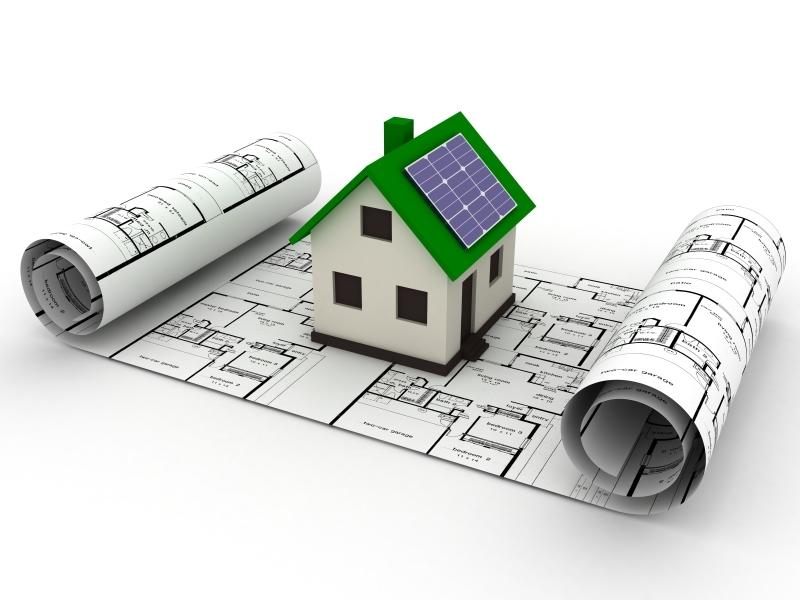The construction industry is increasingly embracing eco-friendly practices, reflecting a growing awareness of environmental sustainability. This shift is not only beneficial for the planet but also offers long-term economic advantages.
The Rise of Green Building
Green building is a concept that prioritises environmental sustainability and resource efficiency throughout a building’s life cycle. This approach extends from design and construction to operation, maintenance, and even demolition.
Incorporating Sustainable Materials
One of the key aspects of green building is the use of sustainable materials. These materials are either sourced from renewable resources or are recycled and have a lower environmental impact. By choosing sustainable timber, recycled metal, or low-VOC (volatile organic compounds) paints, the construction industry significantly reduces its carbon footprint.
Energy Efficiency: A Core Focus
Energy efficiency is at the heart of eco-friendly building practices. Efficient use of energy not only reduces greenhouse gas emissions but also lowers operational costs.
Innovative Energy Solutions
Innovations in energy-efficient technologies are being rapidly adopted in construction. These include advanced insulation techniques, energy-efficient windows, and the integration of renewable energy sources like solar panels. These technologies are crucial in creating buildings that are both environmentally friendly and cost-effective in the long run.
 Water Conservation and Management
Water Conservation and Management
Water conservation is another crucial aspect of eco-friendly building practices. Efficient water use and management are essential in reducing the overall environmental impact of buildings.
Implementing Water-Saving Technologies
From rainwater harvesting systems to low-flow fixtures, several technologies are being utilised to manage water use effectively. These systems not only conserve water but also reduce the strain on municipal water supplies and wastewater systems.
Local and Sustainable Sourcing
The trend towards local and sustainable sourcing is gaining momentum in the construction industry. This approach reduces the environmental impact associated with transportation and supports local economies.
Builders Embracing Local Resources
For instance, builders in Shrewsbury are increasingly sourcing materials locally. Builders in Shrewsbury and similar areas are exploring local quarries for stone, local mills for timber, and other regional resources. This not only lowers the carbon footprint associated with transportation but also boosts the local economy.
The Role of Government and Certifications
Government policies and certifications play a pivotal role in promoting green building practices. These regulations and standards guide the industry towards sustainability.
Certifications as a Guideline for Sustainability
Certifications like LEED (Leadership in Energy and Environmental Design) set benchmarks for sustainability in the construction industry. These standards encourage builders to adopt practices that are environmentally responsible and resource-efficient.
The Impact on Health and Wellbeing
Eco-friendly building practices don’t just benefit the environment; they also have a significant positive impact on the health and wellbeing of occupants.
Creating Healthier Living Environments
Green buildings often incorporate elements that promote better air quality, natural lighting, and the use of non-toxic materials. These factors contribute to creating a healthier living and working environment, which is beneficial to the occupants’ overall well-being.

Challenges and Opportunities
While the shift towards green building is promising, it comes with its own set of challenges. Balancing cost, accessibility to sustainable materials, and keeping up with evolving technologies are some of the hurdles faced by the industry.
Overcoming Challenges with Innovation
The construction industry is continually innovating to overcome these challenges. By investing in research and development, and through collaboration between various stakeholders, the industry is finding new ways to make eco-friendly building practices more accessible and cost-effective.
The move towards eco-friendly building practices in the construction industry is a significant step towards sustainability. It represents a commitment to reducing environmental impact, enhancing the health and wellbeing of occupants, and building a more sustainable future. This shift is not just a trend but a necessary evolution in how we approach construction and our relationship with the environment.


